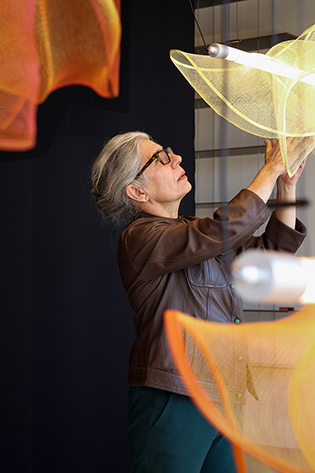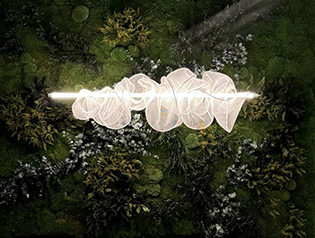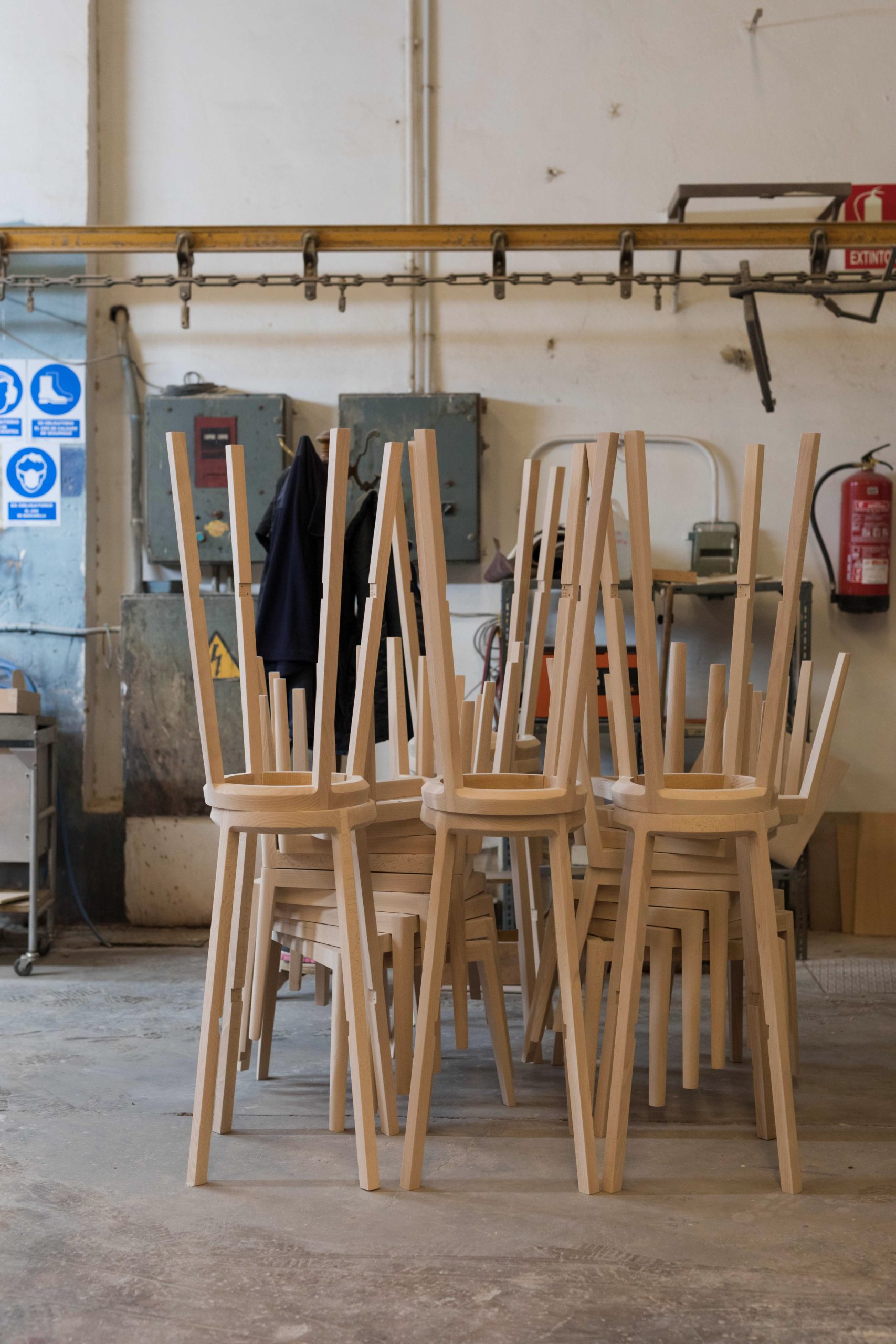A garden in full bloom, with an abundance of flowers, fruit trees and aromatic herbs, is a joyful sight. Filling our outdoor spaces with bright colours and pleasing aromas, a blossoming garden is the herald of summer. A veritable explosion of life, it signals long and sultry days to come.
A change of season is a wonderful excuse to make adjustments to your gardening routines, and to spend more time outdoors. The following selection of summer-friendly herbs and plants will transform your garden’s appearance.

Aromatic herbs: smelling and cooking
Aromatic herbs are perfect ingredients when cooking a delicious meal and can make one feel like a kitchen pro. A fantastic choice for your indoor and outdoor garden, herbs will last throughout the year. They are typically used to season meat, pasta, pizza and vegetables. Rub some herbs between your fingers and enjoy the sweet-smelling bouquet.
Basil
Basil’s warm and spicy flavour makes this summertime staple a must for both gardeners and chefs. With a number of different uses, basil is especially good with a caprese salad and as a pizza topping. Pluck some basil and serve it alongside fresh mozzarella and tomatoes for a simple, delicious and home–made caprese salad.

Basil is also a great source of vitamin C, magnesium, potasium and calcium, and is perfect for treating stomach spasms and insect bites. If you’re stung by an insect, chew a few basil leaves and apply them to the bite—this will help to ease the pain.
Bay
Bay is an aromatic leaf from the evergreen bay laurel tree. Native to Mediterranean regions—including Spain, Italy, Greece and France—this herb is widely used for cooking and creating perfumes.
Ideal for its use in many culinary dishes, from stews to summer soups, the bay leaf is also known for its antibacterial and diuretic qualities. Moreover, with a smell that’s similar to cinnamon, but milder, bay can fill a room with its sweet aroma.
Mint
A must when thinking about aromatic herbs, mint has an extremely recognisable smell. Mint is especially good with desserts and chocolate, as an accompaniment to lamb and as a tea. Peppermint tea is perfect for upset tummies because it helps to calm the digestive tract and alleviate indigestion or cramping. One extra fact about mint: a natural remedy, it helps to keep ants and flies away and your pets flea-free.
We can say with assurance that your aromatic garden and culinary aspirations will not be complete without mint.
Rosemary
An aromatic shrub, rosemary is a robust herb that adds incredible flavour to a variety of meats and vegetables, including the famous Valencian dish: paella. Or if you’re more into Italian food, what about a mozarella and rosemary pizza?

Dry a few sprigs of rosemary for use as a natural air freshener, or taken asan infusion, it will help to lower blood pressure, ease headaches and a cough when you have a cold. Rub rosemary leaves for a few seconds and its natural perfume will linger in your hand. Take your time, enjoy its smell and notice the beauty of the moment.
Flowers for your garden
If you are want to add colour to your garden, then flowers are undoubtedly the ideal solution. Thereare many flowers to choose from and your choice will be determined by hue, size, smell and your space. We’ve selected just a few examples.
Black-eyed Susan
This beautiful yellow flower is native to North America and is also called Gloriosa Daisy or Golden Jerusalem. The black-eyed Susanis also known as a traditional, medicinal herb, used by a number of Native American tribes. It is believed to cure colds, infections and even snake bites.

Black-eyed Susan will blossom from June to October, and generally grow up to one metre in height.This golden flower is one of the most popular wildflowers around and will give your garden the praise worthy-style and sense of freedom you’re looking for.
Purple coneflower
Also known as the hedgehog coneflower, the purple coneflower is a North American species of plant belonging to the sunflower family. Even though the purple coneflower is perennial, its purple flowers (hence the name) bloom around spring–summer.
The purple coneflower prefers well-drained beds, but it is rarely affected by soil’s pH. Combined with the black-eyed Susan, the purple coneflower will augment the sense of having a wonderfully wild, open field in your garden. The purple coneflower is especially a joy to watch when dancing in the wind.
Salvia
Salvia belongs to the mint family and is more commonly known as sage. Owes its name to the latin word ‘salvere’ which means ‘to feel well and healthy’. It is also a derivation of the verb ‘salus’, which makes a direct reference to health.

Sage, should be planted in a sunny place—it will flower from May to November. Its petals have the feeling of silk and a beautiful purplish colouration. One perk of growing sage is its popularity with pollinator bees, whose work is crucial to maintaining our environment.
Creating your own garden is fun, fulfilling and beneficial to the wider ecosystem.With a choice selection of herbs, flowers and plants, you can have a natural, functional and beautiful resource—one that will be of advantage to you and your family’s health and wellbeing.













